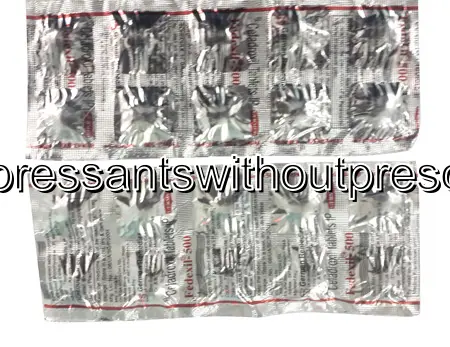| Package | Dosage | Price | Price per Dose | |
|---|---|---|---|---|
| Dosage: 250mg | ||||
| 360 pill | 250mg | €295.82 | €0.82 | |
| 240 pill | 250mg | €204.05 | €0.85 | |
| 180 pill | 250mg | €154.75 | €0.86 | |
| 120 pill | 250mg | €105.44 | €0.88 | |
| 90 pill | 250mg | €82.16 | €0.92 | |
| 60 pill | 250mg | €57.51 | €0.96 | |
| 30 pill | 250mg | €31.49 | €1.03 | |
| Dosage: 500mg | ||||
| 240 pill | 500mg | €253.36 | €1.05 | |
| 180 pill | 500mg | €194.47 | €1.08 | |
| 120 pill | 500mg | €134.21 | €1.12 | |
| 90 pill | 500mg | €105.44 | €1.18 | |
| 60 pill | 500mg | €72.57 | €1.21 | |
| 30 pill | 500mg | €38.33 | €1.26 | |

Cefadroxil Description
Overview of Cefadroxil
Cefadroxil is a broad-spectrum antibiotic belonging to the cephalosporin class. It is commonly used to treat a variety of bacterial infections, such as skin infections, urinary tract infections, and respiratory infections. This medication works by inhibiting the synthesis of bacterial cell walls, which leads to the destruction of bacteria. Cefadroxil is appreciated for its effectiveness against many common pathogens and its convenient dosing schedule, usually administered once or twice daily.
Mechanism of Action
The active ingredient, cefadroxil, functions by binding to penicillin-binding proteins within the bacterial cell wall. This interference hampers the cross-linking of peptidoglycan chains, weakening the cell wall. As the cell wall becomes compromised, bacteria are unable to maintain their structural integrity, resulting in cell lysis and death. Because of its targeted approach, Cefadroxil tends to have fewer side effects on human cells, making it a safe choice when prescribed correctly.
Indications and Uses
This medication is primarily indicated for treating infections caused by susceptible bacteria. Common infections include throat infections, skin infections like impetigo, and uncomplicated urinary tract infections. Cefadroxil is also used for other conditions as prescribed by a healthcare provider. Its efficacy has been well-documented in clinical trials, making it a trusted option for physicians and patients alike. However, it is crucial to use Cefadroxil only for infections caused by bacteria sensitive to cephalosporins, as misuse can lead to resistance.
Dosage and Administration
The typical dose of Cefadroxil depends on the severity of the infection and the patient's age and kidney function. It is usually administered orally, with or without food. To maximize absorption and minimize gastrointestinal discomfort, taking it with a meal may be recommended. Adherence to the prescribed dosage schedule is essential to ensure the full eradication of the infection. Patients should complete the entire course of therapy, even if symptoms improve before finishing the medication.
Potential Side Effects
Like all antibiotics, Cefadroxil can cause side effects. Most people tolerate it well, but some may experience allergic reactions such as rash, itching, or swelling. Gastrointestinal issues like nausea, vomiting, or diarrhea are also possible, particularly if taken on an empty stomach. In rare cases, more serious effects such as Clostridioides difficile-associated diarrhea or blood dyscrasias may occur. Patients with a history of allergy to penicillins or cephalosporins should inform their healthcare provider before starting treatment.
Precautions and Considerations
Before using Cefadroxil, discuss your full medical history with your healthcare provider. It is important to note any allergies, kidney problems, or other health conditions that could affect treatment. Patients on other medications should inform their doctor, as there may be potential drug interactions. During therapy, monitoring for allergic reactions or gastrointestinal disturbances is essential. If symptoms persist or worsen, seeking medical advice is crucial to reassess the treatment plan.
Storage and Waste Disposal
Cefadroxil should be stored at room temperature away from moisture and heat. Keep the medication out of reach of children and pets. Proper disposal of unused medication is essential to prevent misuse or accidental ingestion. Do not dispose of Cefadroxil by flushing it down the toilet or pouring it into drains unless instructed. Check local regulations for proper disposal methods, and consider returning unused medication to a pharmacy if available.
